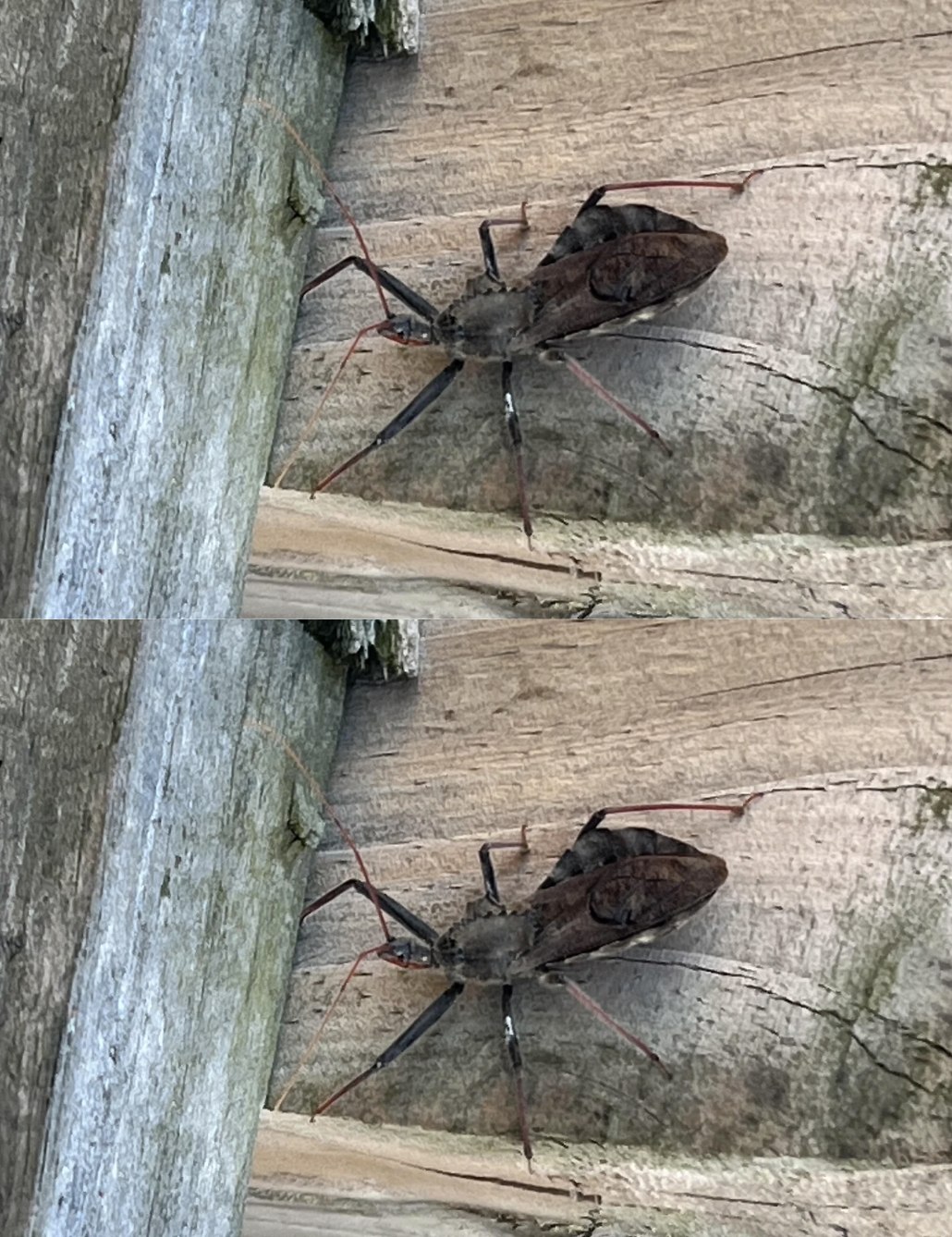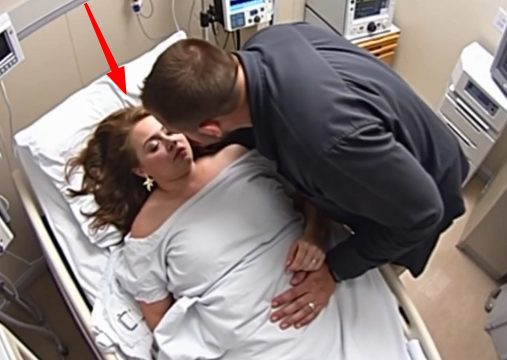Summer is a wonderful season filled with sunshine, outdoor adventures, and warm evenings, but it also brings an increase in pesky insects like mosquitoes, ticks, and now, a lesser-known but increasingly prevalent threat: the assassin bug. While many people may not have heard of this insect before, it’s becoming more common across the United States, and knowing how to recognize and respond to a bite could be crucial.

These insects, sometimes referred to as “kissing bugs,” have a reputation for more than just their strange name. Assassin bugs feed on the blood of humans and animals, much like mosquitoes or ticks. What makes them particularly dangerous, however, is the way they transmit disease. When they bite, they often defecate near the site of the wound, which can transfer parasites from their digestive tract to the bloodstream of the person or animal they’ve bitten. This mode of transmission is especially concerning because it can lead to Chagas disease, a serious illness that can be potentially fatal if left untreated. Chagas disease is tricky because its symptoms vary and may not always be immediately noticeable. In fact, many people who contract it do not show any symptoms in the early stages. However, even without visible signs, the parasite continues to spread in the body and can eventually damage the heart and other vital organs.
For those who do show symptoms, they might experience fever, headaches, rashes, unexplained fatigue, vomiting, or general discomfort. Because of the stealthy nature of the disease, it’s especially important to act quickly if you suspect you’ve been bitten by an assassin bug. Although assassin bugs can be found throughout much of the United States, they are particularly common in the southern states.
They tend to gather around outdoor spaces such as gardens, under porches, near piles of leaves or wood, and occasionally even indoors. Their presence around homes is often due to clutter, untrimmed vegetation, or cracks and openings in windows and walls. To reduce your risk of encountering one, it’s best to keep your property clean and well-maintained, removing any plant debris or potential nesting areas. Preventing bites starts with awareness and prevention. Wearing long sleeves and pants when working in the garden or spending time outside can reduce your chances of being bitten.
You should also consider sealing any cracks in your home and using screens on windows and doors to prevent bugs from entering. If you do find one of these bugs inside your home, it’s best not to touch it directly. Instead, capture it safely and store it in a container so you can show it to pest control professionals or healthcare providers if necessary. If you believe you’ve been bitten by an assassin bug, it’s critical to seek medical attention immediately. Doctors can perform a blood test to determine whether you’ve contracted Chagas disease. The earlier the disease is diagnosed, the more effective the treatment will be. There are medications that can treat the infection successfully, especially in the early stages, but timing is everything when it comes to this disease. The good news is that awareness is the first step toward protection. Learning about the assassin bug, understanding how it operates, and knowing what to do if you come into contact with one can help you and your family stay safe. Just because assassin bugs exist doesn’t mean you have to stop enjoying your time outside—it simply means being cautious and informed. By keeping your living space clean, watching out for warning signs, and acting quickly if bitten, you can greatly reduce your risk of complications. Now that you know more about assassin bugs and the risks they pose, you’re in a better position to protect yourself, your family, and even your pets from this little-known but serious threat.





